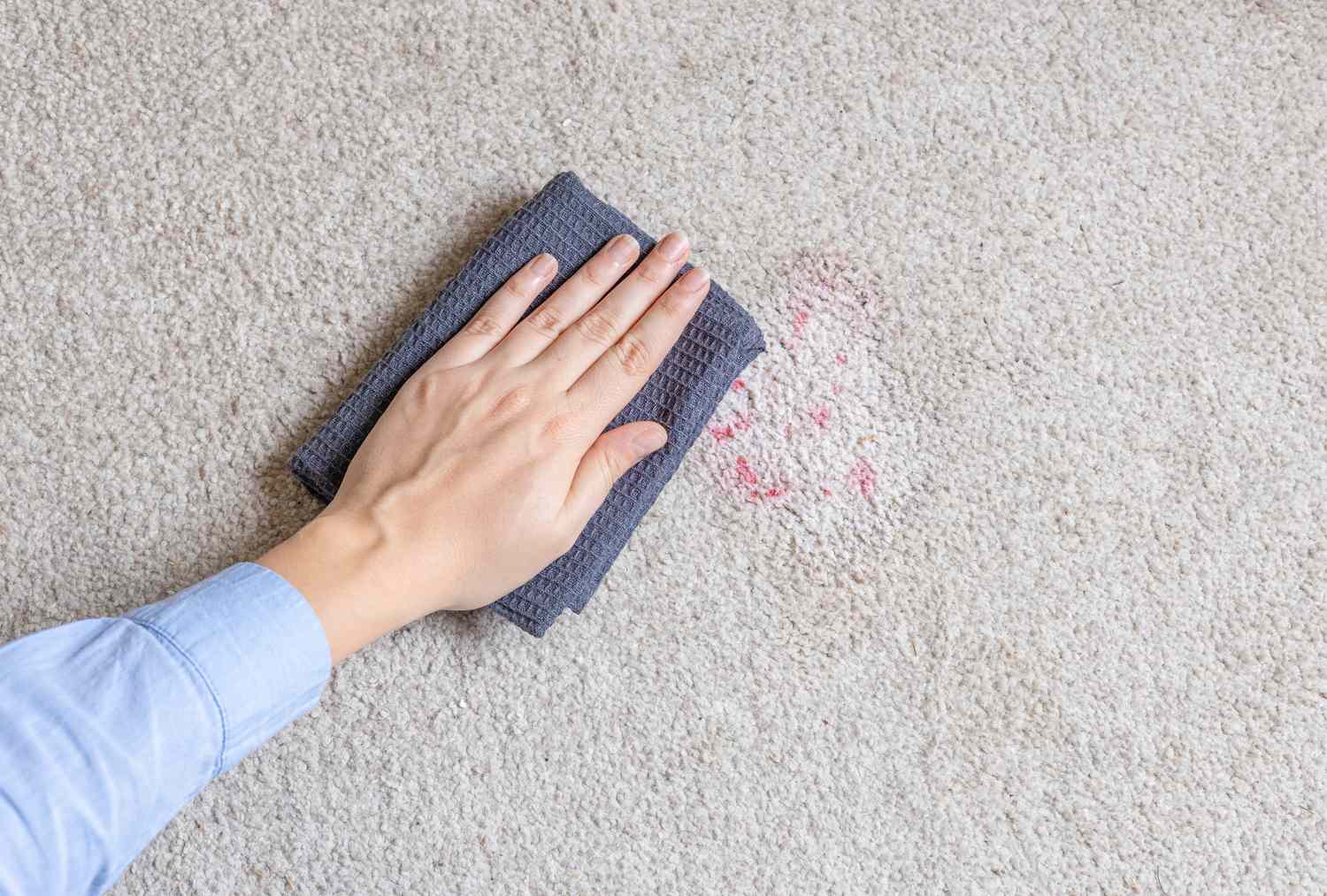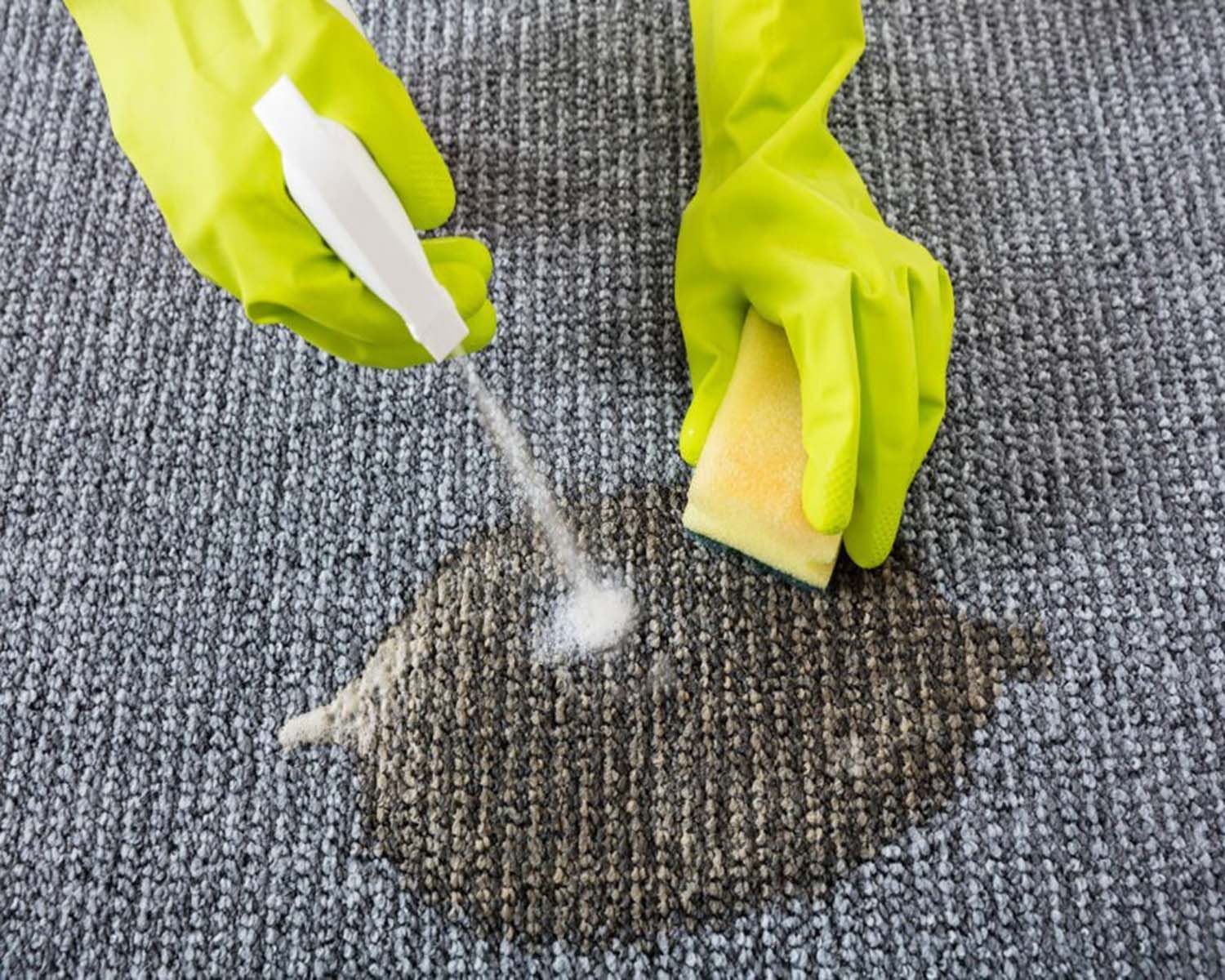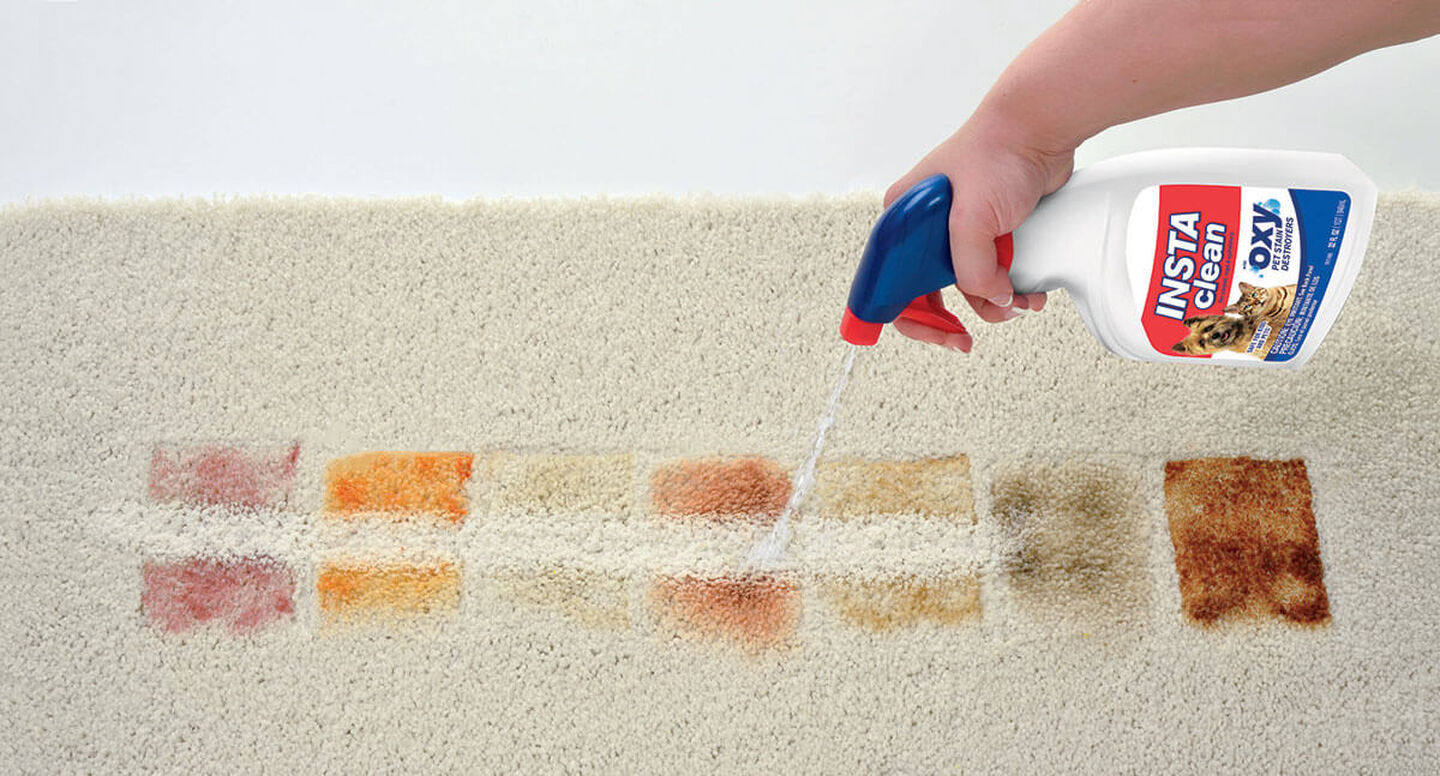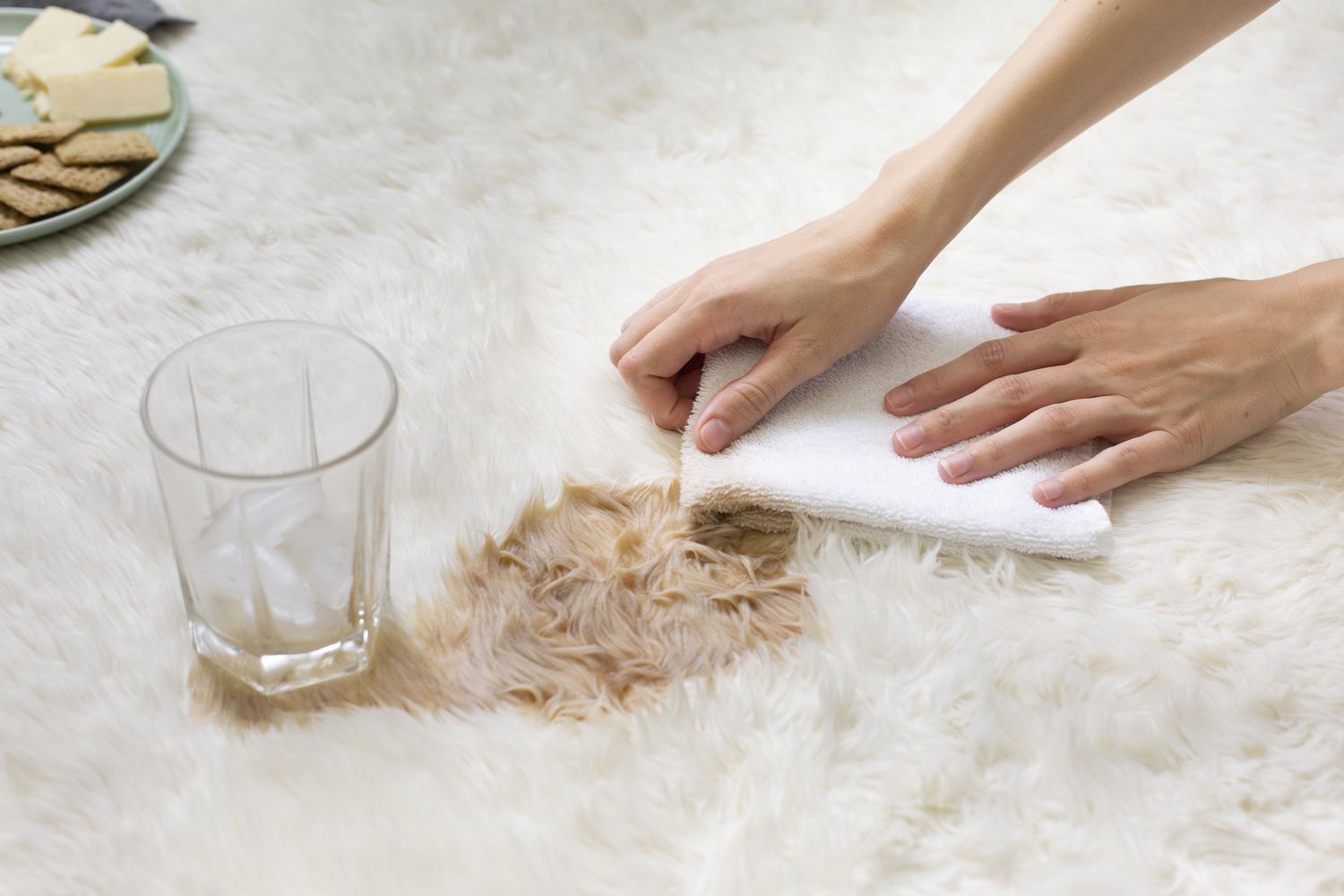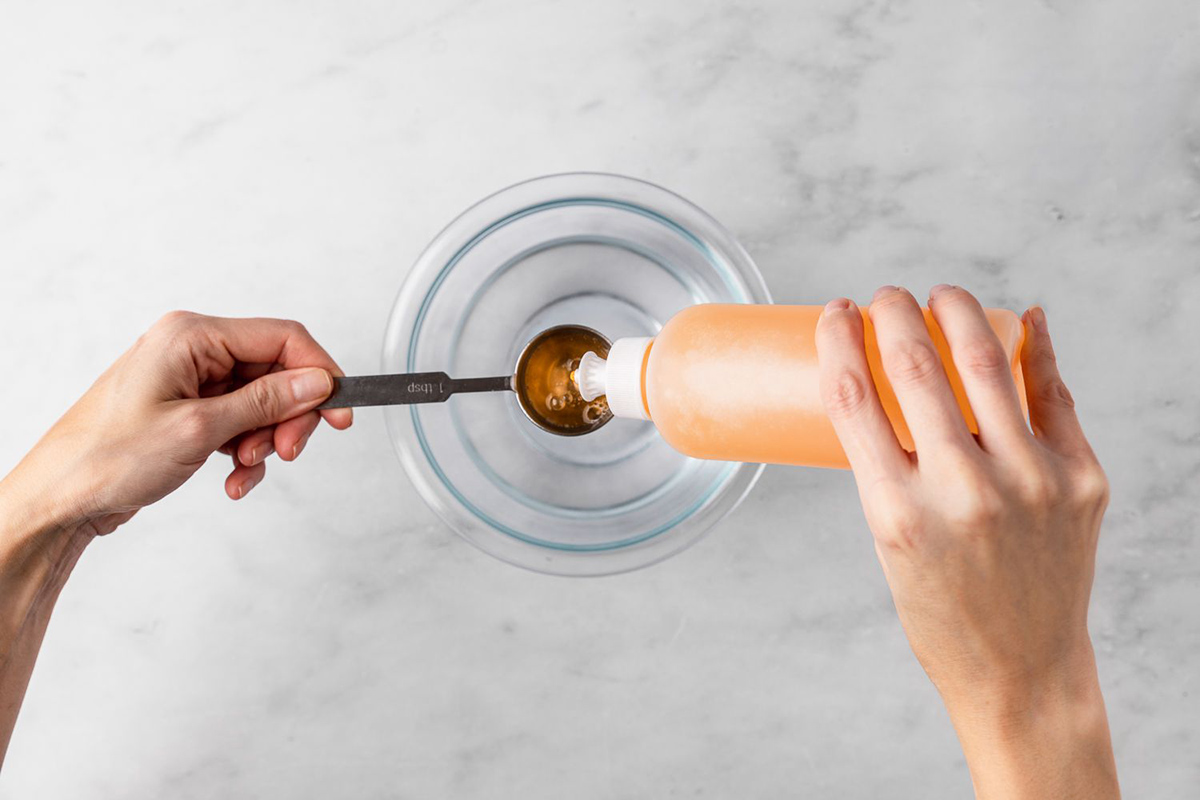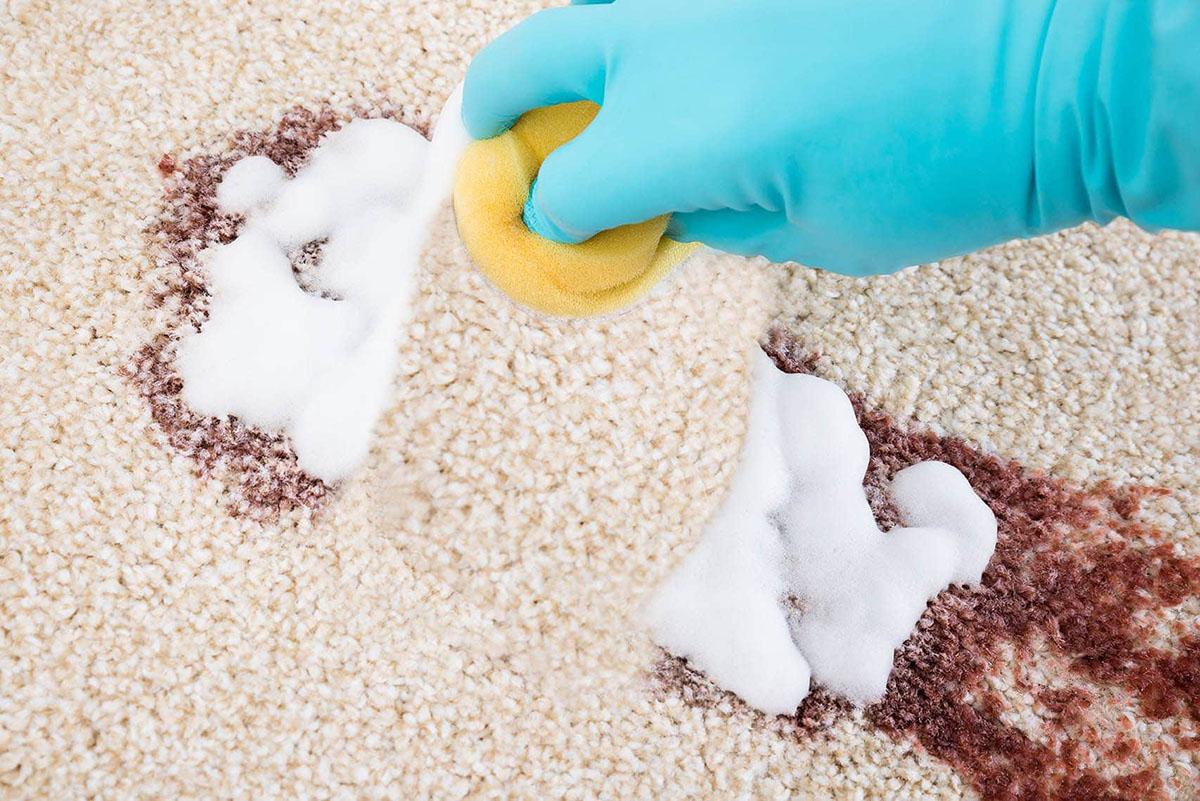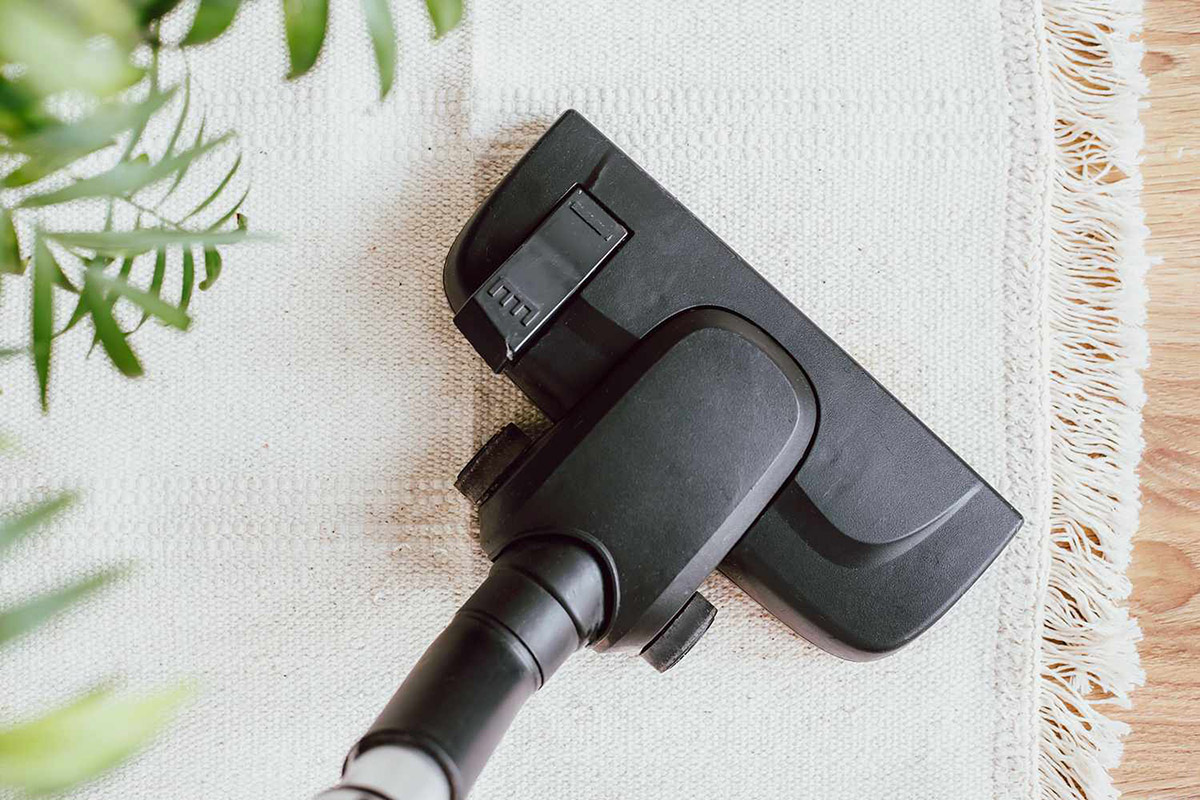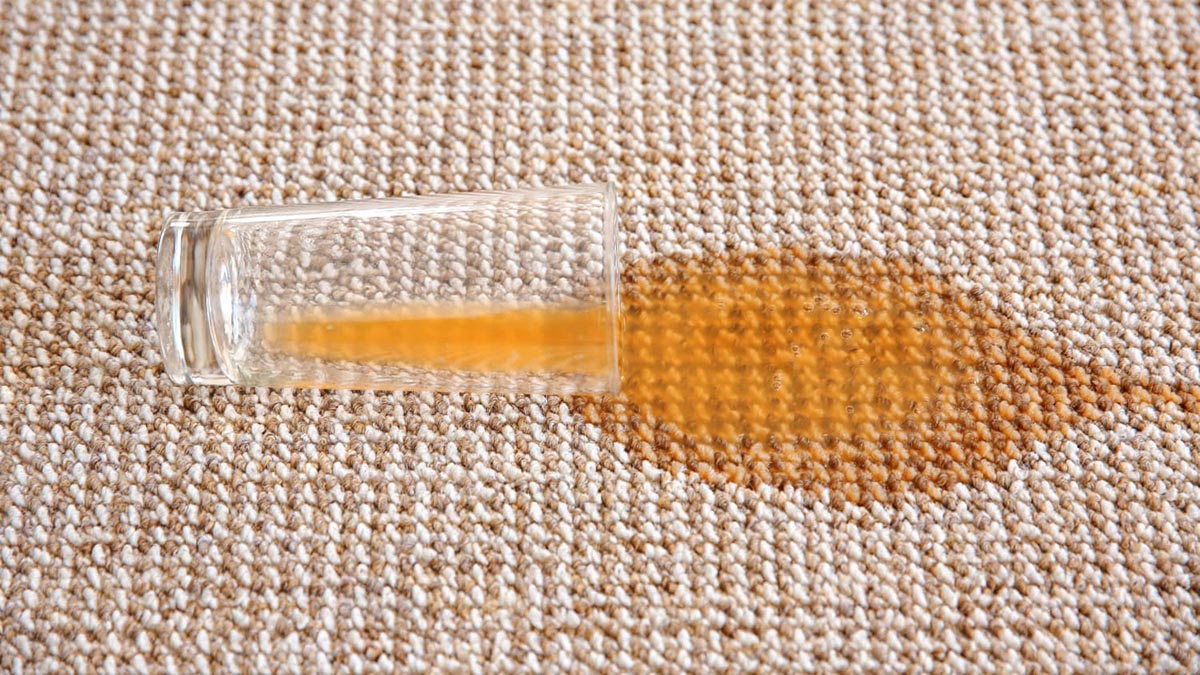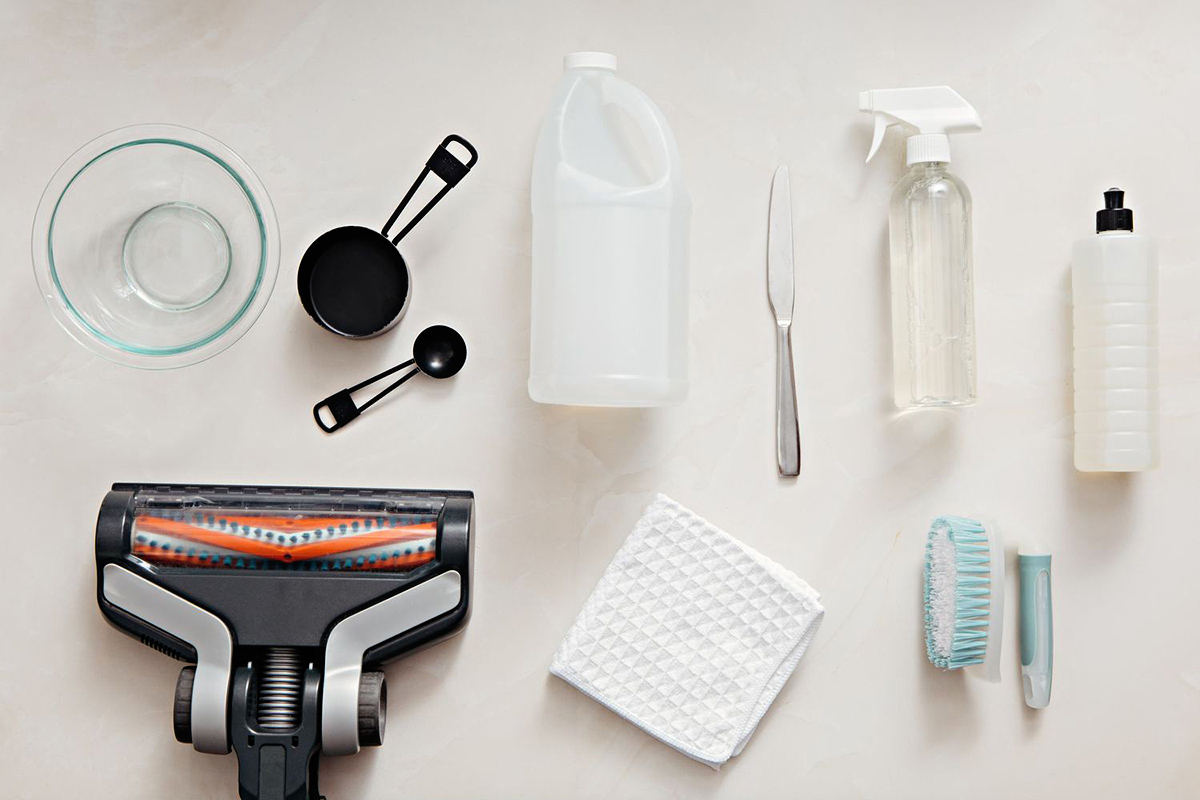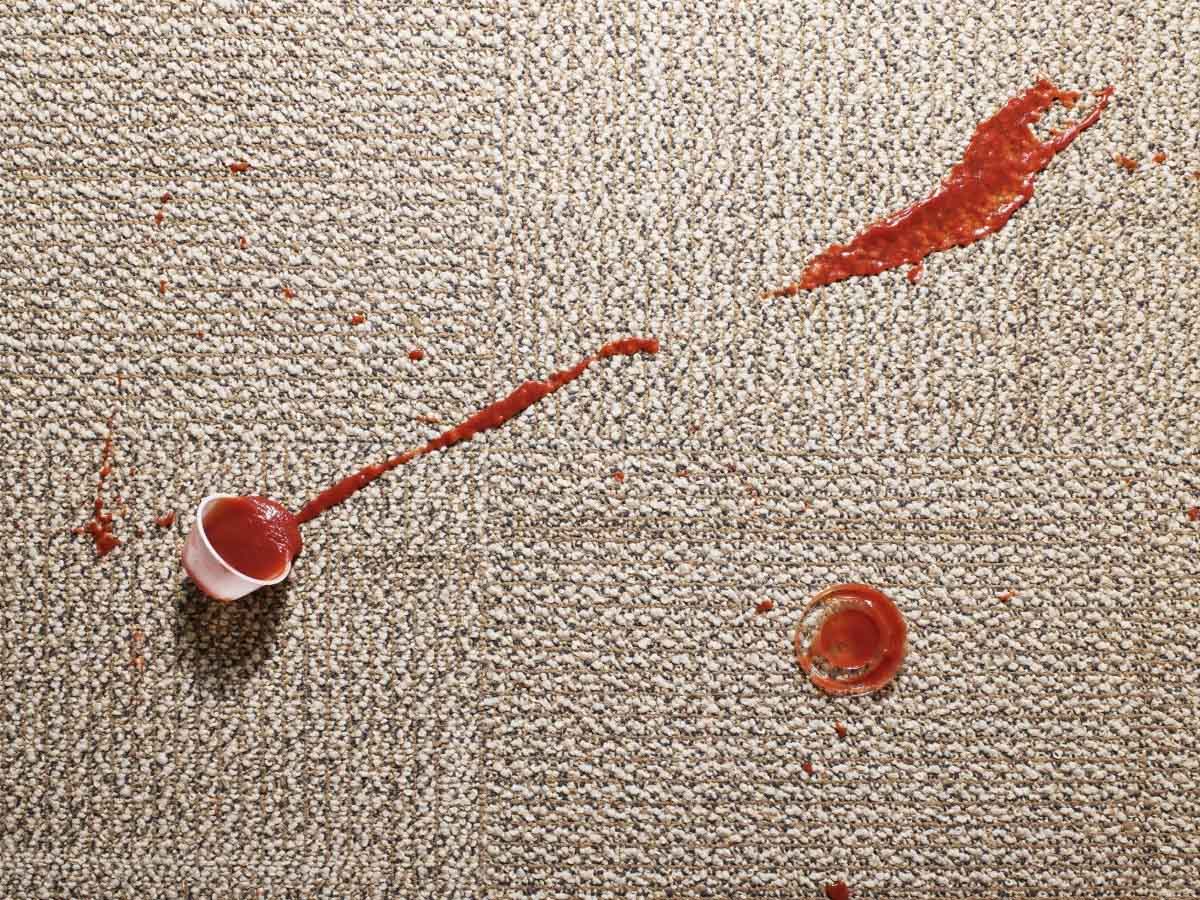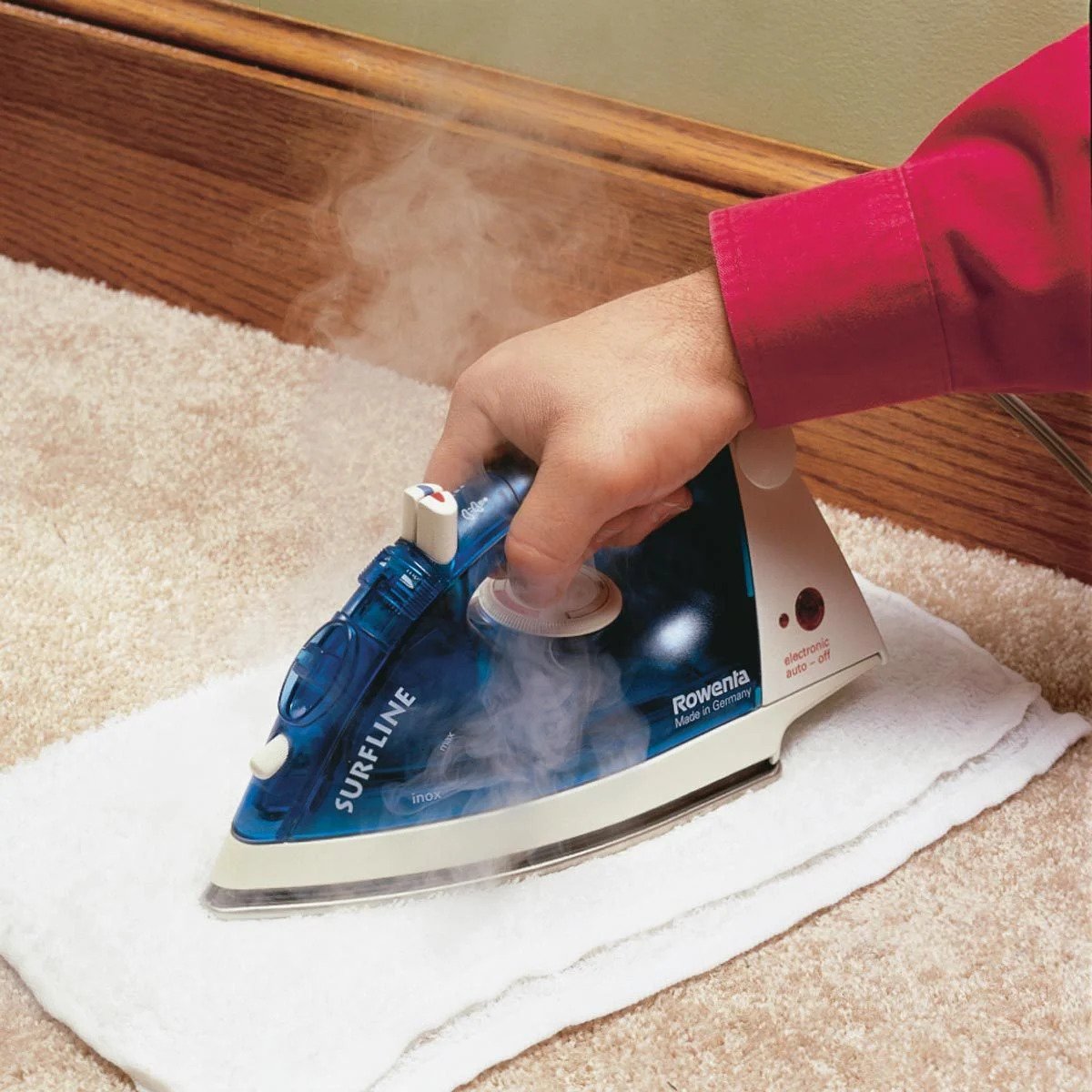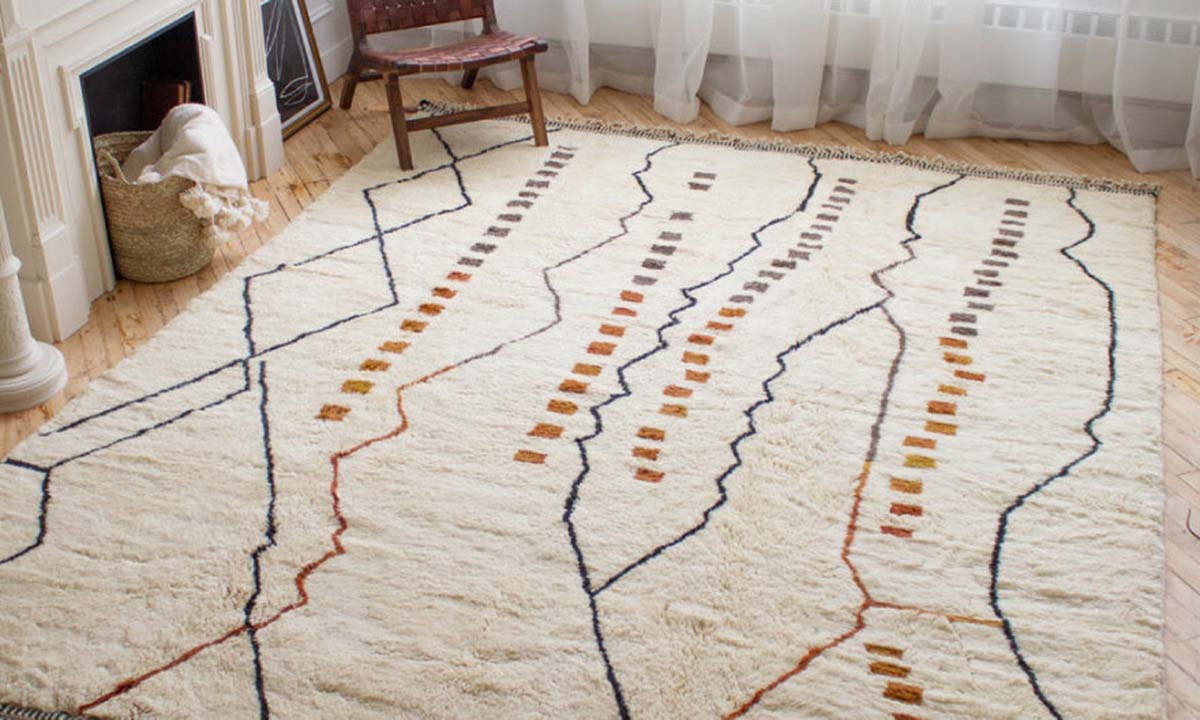

Articles
How To Get Old Stains Out Of A Berber Carpet
Modified: February 16, 2024
Learn effective techniques to remove stubborn stains from your Berber carpet with our informative articles. Get rid of those old stains and restore the beauty of your carpet today!
(Many of the links in this article redirect to a specific reviewed product. Your purchase of these products through affiliate links helps to generate commission for Storables.com, at no extra cost. Learn more)
Introduction
Berber carpets are a popular choice for homeowners due to their durability and unique style. They are known for their looped construction, which gives them a distinct appearance and texture. However, just like any carpet, Berber carpets can be susceptible to stains that can be difficult to remove. In this article, we will explore different types of stains that can occur on Berber carpets and provide tips and techniques to effectively remove them.
Key Takeaways:
- Act quickly and use the right tools and techniques to effectively remove common stains like oil-based, wine and food, pet, ink and dye, gum and wax, and blood stains from your Berber carpet. Prompt action and proper care can maintain its beauty and cleanliness.
- Implement preventive measures such as regular vacuuming, using doormats, and placing carpet protectors to minimize the chances of stains on your Berber carpet. These simple steps can help preserve its durability and appearance for the long term.
Read more: How To Get Old Red Stain Out Of A Carpet
Understanding Berber Carpets
Berber carpets are made from various materials such as wool, nylon, or olefin. They are characterized by their dense loops, which can vary in size and thickness. The looped construction gives Berber carpets their resilience and makes them resistant to wear and tear. However, the looped design can also make them prone to snagging and trapping stains.
Types of Stains on Berber Carpets
There are different types of stains that can occur on Berber carpets, ranging from common spills to more stubborn and deep-set stains. Some common types of stains include:
- Food and beverage stains, such as wine, coffee, and juice
- Grease and oil stains
- Pet stains and odors
- Ink and dye stains
- Gum and wax stains
- Blood stains
Preparing for Stain Removal
Before attempting to remove a stain from your Berber carpet, it is important to prepare the area and gather the necessary tools and supplies. Here are some steps to follow:
- Blot the stain immediately with a clean cloth or paper towel to remove any excess liquid or residue.
- Identify the type of stain and determine the appropriate stain removal technique.
- Make sure to test any cleaning solution or product on a small, inconspicuous area of the carpet to ensure it does not cause damage or discoloration.
- Have the following supplies on hand: a clean cloth, white vinegar, mild detergent, hydrogen peroxide, baking soda, and a soft-bristle brush.
General Stain Removal Techniques
Regardless of the type of stain, there are some general techniques that can be used to tackle stains on Berber carpets. These include:
- Blot the stain gently using a clean cloth or paper towel. Avoid rubbing or scrubbing the stain, as it can spread the stain and push it further into the carpet fibers.
- For liquid stains, soak up as much of the liquid as possible before applying any cleaning solution.
- Dilute the stain by applying a mixture of mild detergent and water. Gently scrub the stained area using a soft-bristle brush.
- Rinse the area with clean water and blot dry with a clean cloth or towel.
- If the stain persists, it may be necessary to use specialized stain removers or seek professional help.
Read more: How Do You Get Old Stains Out Of A Carpet
Removing Specific Stains from Berber Carpets
Read more: How Do You Get Old Stains Out Of A Carpet
Removing Specific Stains from Berber Carpets
Oil-based Stains
Oil-based stains can be quite stubborn and challenging to remove from Berber carpets. Common examples include cooking oil spills, grease stains, and cosmetic products. To effectively remove oil-based stains from your Berber carpet, follow these steps:
- Start by blotting the stain with a clean cloth or paper towel to remove any excess oil or grease. Be careful not to rub the stain, as it can spread and make the situation worse.
- Next, sprinkle some baking soda directly onto the stained area. Baking soda is known for its ability to absorb oils and odors.
- Gently rub the baking soda into the stain using a soft-bristle brush. Allow the baking soda to sit on the stain for about 15 minutes to absorb the oil.
- Vacuum the baking soda from the carpet using a vacuum cleaner with a brush attachment. Make sure to thoroughly remove all traces of baking soda.
- If the stain persists, create a homemade cleaning solution by mixing one part white vinegar with two parts warm water.
- Dampen a clean cloth with the vinegar solution and blot the stain, gently rubbing in a circular motion. Vinegar is known for its degreasing properties and can help break down the oil-based stain.
- Rinse the area with plain water and blot dry with a clean cloth or towel.
- For particularly challenging oil-based stains, you may consider using a commercial carpet stain remover specifically designed for oil or grease stains. Consult the product instructions and perform a spot test before applying it to the entire stained area.
Remember, it’s essential to act quickly when dealing with oil-based stains on your Berber carpet. The longer the stain sits, the more difficult it can be to remove. If you’re unsure or uncomfortable handling the stain removal process yourself, it’s recommended to seek professional carpet cleaning services.
Read more: How Do You Get Old Stains Out Of A Carpet
Removing Specific Stains from Berber Carpets
Read more: How To Get Bleach Stains Out Of A Carpet
Wine and Food Stains
Accidents happen, and spills are a common occurrence, especially when it comes to wine and food stains on Berber carpets. To effectively remove these types of stains, follow these steps:
- Begin by blotting the stain with a clean cloth or paper towel to absorb as much of the spilled liquid as possible. Avoid rubbing the stain, as it may push it deeper into the carpet fibers.
- If the stain is fresh, try diluting it by blotting the area with a cloth dampened in cold water. Avoid using hot water, as it can set the stain.
- If the stain persists, mix a solution of one part white vinegar to two parts warm water. Apply the vinegar solution to a clean cloth and gently blot the stain.
- Continue blotting the stain until it gradually starts to fade. It may take several attempts to fully remove the stain.
- Rinse the area with plain water and blot dry with a clean cloth or towel.
- If the stain remains, you can try using a carpet stain remover specifically formulated for food and beverage stains. Follow the instructions provided on the product packaging and perform a spot test before applying it to the entire stain.
- For red wine stains, it can be helpful to sprinkle some salt on the area immediately after blotting to absorb the moisture. Leave the salt for a few minutes before vacuuming it up.
- In the case of more stubborn or set-in stains, it may be necessary to seek professional carpet cleaning services.
Remember, the key to successfully removing wine and food stains from Berber carpets is to address them as soon as possible. Prompt action will minimize the chances of the stain setting and becoming more difficult to remove.
Read more: How Do You Get Old Stains Out Of A Carpet
Removing Specific Stains from Berber Carpets
Pet Stains and Odors
For pet owners, dealing with pet stains and odors on Berber carpets can be a common challenge. Whether it’s urine, vomit, or feces, it’s important to address these stains promptly to prevent permanent damage and lingering odors. Follow these steps to effectively remove pet stains and odors from your Berber carpet:
- Start by removing any solid waste or debris using gloves or a plastic bag. Be careful not to press the waste into the carpet fibers.
- Blot the stained area with a clean cloth or paper towel to absorb as much liquid as possible. Avoid rubbing the stain to prevent it from spreading.
- If the stain is fresh, dilute it by blotting with a cloth dampened in a mixture of cold water and mild detergent. Blot gently to avoid saturating the carpet.
- Rinse the area with plain water and blot dry with a clean cloth.
- To eliminate odors, mix a solution of equal parts white vinegar and water. Apply the vinegar solution to the affected area and let it sit for a few minutes.
- Blot the area with a clean cloth to remove the vinegar solution, along with any remaining odors. Repeat if necessary.
- If the odor persists, you can sprinkle baking soda liberally over the area. Let it sit for a few hours or overnight to absorb any remaining odors.
- Vacuum the baking soda thoroughly to remove it from the carpet.
- If the stain and odor are particularly stubborn, consider using an enzymatic cleaner designed specifically for pet stains and odors. Follow the product instructions carefully.
- For severe or recurring pet stains, it may be necessary to enlist the help of professional carpet cleaners who specialize in pet stain removal.
Remember, prompt action is crucial when dealing with pet stains and odors on Berber carpets. The quicker you address the issue, the better chance you have of completely removing the stain and eliminating any lingering odors.
Read more: How Do You Get Old Stains Out Of A Carpet
Removing Specific Stains from Berber Carpets
Read more: How To Get Mustard Stains Out Of A Carpet
Ink and Dye Stains
Ink and dye stains on Berber carpets can be particularly challenging to remove. Whether it’s a pen or marker accident, or a spill from colored liquids, these stains can leave noticeable marks. Here’s how you can effectively tackle ink and dye stains on your Berber carpet:
- Act quickly and blot the stain with a clean cloth or paper towel to absorb as much of the ink or dye as possible. Avoid rubbing the stain, as it can cause it to spread further.
- For water-based ink stains, dampen a clean cloth with plain water and gently blot the stain. Avoid using excessive water to prevent saturation of the carpet.
- If the stain persists, you can try using rubbing alcohol or a carpet stain remover specifically designed for ink stains. Apply a small amount to a clean cloth and blot the stain, gently rubbing in a circular motion.
- Rinse the area with plain water and blot dry with a clean cloth or towel.
- For dye stains, such as from colored beverages or paint, it may be more challenging to remove completely. Begin by blotting the stain to remove any excess liquid.
- Mix a solution of one teaspoon of mild detergent with one cup of warm water. Dampen a clean cloth with the solution and gently blot the dye stain.
- Rinse the area with plain water and blot dry with a clean cloth or towel.
- If the stain persists, it may require professional carpet cleaning or specialized stain removal products. Consult with a carpet cleaning professional for advice.
- As always, perform a spot test in an inconspicuous area before using any cleaning solutions or products to ensure they do not cause any damage or discoloration to your Berber carpet.
Remember, ink and dye stains can be tricky to remove, and it’s important to act quickly. The success of removing these stains depends on the type of ink or dye, as well as the material of your Berber carpet. If in doubt, it’s best to consult a professional carpet cleaner for expert advice and assistance.
Read more: How Do You Get Old Stains Out Of A Carpet
Removing Specific Stains from Berber Carpets
Gum and Wax Stains
Gum and wax stains can be a sticky situation, literally, when it comes to your Berber carpet. Whether it’s a piece of chewing gum or melted candle wax, these stains can be stubborn and difficult to remove. Here’s how you can effectively tackle gum and wax stains:
- For gum stains, start by using an ice cube to harden the gum. Place the ice cube directly on the gum and let it sit for a few minutes to freeze it.
- Once the gum is hardened, gently scrape it off the carpet using a dull knife, spoon, or a credit card. Be careful not to damage the carpet fibers while scraping.
- If there is any remaining gum residue, create a mixture of dishwashing liquid and warm water. Apply the solution to a clean cloth and dab the affected area to dissolve the residue.
- Rinse the area with plain water and blot dry with a clean cloth or towel.
- If there are wax stains, the goal is to solidify and remove the excess wax from the carpet.
- Place a plastic bag filled with ice cubes directly on top of the wax stain to harden it.
- Once the wax is hardened, gently scrape off as much of it as possible using a dull knife or a credit card. Be cautious not to damage the carpet fibers.
- For any remaining wax residue, cover the area with a clean white cloth or several layers of paper towels.
- Using a warm iron on a low setting, press it onto the cloth or paper towels. The heat will melt the wax, and the cloth or paper will absorb it.
- Continue moving the cloth or paper to a clean area and repeat until no more wax transfers onto it.
- If there are any residual stains, create a mixture of rubbing alcohol and water. Dab the stained area with a clean cloth, and rinse with plain water. Blot dry with a clean cloth or towel.
Remember to always use caution when working with sharp objects or heat sources. If you’re unsure or uncomfortable handling gum or wax stains on your own, it’s best to seek professional carpet cleaning services to ensure safe and effective removal.
Read more: How Do You Get Old Stains Out Of A Carpet
Removing Specific Stains from Berber Carpets
Read more: How To Get Ash Stains Out Of A Carpet
Blood Stains
Accidental injuries happen, and blood stains on Berber carpets can be worrisome. It’s important to address blood stains promptly to prevent them from setting into the carpet fibers. Here’s how you can effectively remove blood stains:
- Act quickly and blot the blood stain with a clean cloth or paper towel. Avoid rubbing the stain, as it can spread the blood and make it more difficult to remove.
- Create a mixture of cold water and mild detergent. Dampen a clean cloth with the solution and gently blot the blood stain. Continue blotting until the stain starts to fade.
- Rinse the area with plain water and blot dry with a clean cloth or towel.
- If the blood stain persists, you can try using hydrogen peroxide or an enzyme-based cleaner designed for blood stains. Apply a small amount to a clean cloth and blot the stain, then rinse with water and blot dry.
- Remember to perform a spot test on a small, inconspicuous area of your Berber carpet before using any cleaning solution to ensure it doesn’t cause discoloration or damage.
- If the blood stain is particularly stubborn or if you’re unsure about removing it yourself, it’s best to seek professional carpet cleaning services.
Tips for Preventing Stains on Berber Carpets
While knowing how to remove stains from your Berber carpet is essential, taking preventive measures can minimize the chances of stains occurring in the first place. Here are some tips to help prevent stains on your Berber carpet:
- Regularly vacuum your Berber carpet to remove dirt, debris, and pet hair that can contribute to staining.
- Place doormats at entrances to trap dirt and moisture from shoes.
- Use carpet protectors under furniture legs to prevent them from pressing into the carpet and causing dents or stains.
- Be cautious when consuming food and beverages near your Berber carpet, using spill-proof containers when possible.
- Keep pets away from your Berber carpet, or train them to stay off the carpeted areas to prevent pet-related stains and odors.
- Consider using area rugs or runners in high-traffic areas to protect your Berber carpet.
Conclusion
Berber carpets provide a beautiful and durable flooring option for homes, but stains can be a common concern. By understanding the nature of different stains and implementing proper stain removal techniques, you can effectively maintain the beauty and cleanliness of your Berber carpet.
Remember to act quickly and blot stains, avoiding rubbing or scrubbing, as it can worsen the situation. Having the right tools and cleaning solutions, along with practicing preventive measures, can help keep your Berber carpet looking its best. If in doubt, it’s always a good idea to consult with professional carpet cleaning services for expert guidance.
Frequently Asked Questions about How To Get Old Stains Out Of A Berber Carpet
Was this page helpful?
At Storables.com, we guarantee accurate and reliable information. Our content, validated by Expert Board Contributors, is crafted following stringent Editorial Policies. We're committed to providing you with well-researched, expert-backed insights for all your informational needs.
